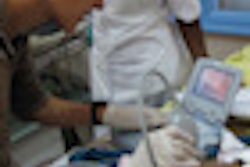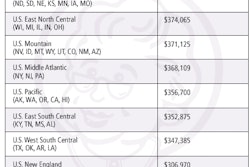A free trade bill under consideration in the U.S. Congress would slash Medicare reimbursement for medical imaging procedures by raising the utilization rate for advanced imaging services from 75% to 90%.
The proposal is part of a package of free trade agreements (FTAs) with South Korea, Panama, and Colombia that is currently being considered in the Senate. The South Korean legislation includes $1 billion in funding for trade adjustment assistance (TAA), basically for the retraining of U.S. workers who might be displaced under the agreement.
To partially fund the TAA, the Senate has proposed raising $400 million over 10 years by changing the equipment utilization rate, the level at which Medicare assumes equipment to be in operation at an imaging facility, to 90%. The utilization rate had been established at 50% for a number of years, but it was recently raised to 75% as part of President Obama's healthcare reform legislation.
Radiology advocates are mobilizing to head off the move, which will be up for a vote in the Senate on June 30. The vote is on a "mock markup," basically a procedure in which the Senate forwards the Obama administration a nonbinding version of the bill that it would like to see passed, and the administration can accept or reject the proposal in its final version of the FTA legislation, according to David Fisher, executive director of the Medical Imaging and Technology Alliance (MITA).
Fisher said that MITA in particular objects to the arbitrary method with which the legislation sets the utilization rate, especially because the association believes that the new 75% rate is too high.
"Reimbursement rates for imaging procedures should be based on appropriate levels of care, not needing to fill a funding hole in an unrelated trade bill," Fisher said. "It's not appropriate to use Medicare as a piggy bank for other unrelated programs."



















